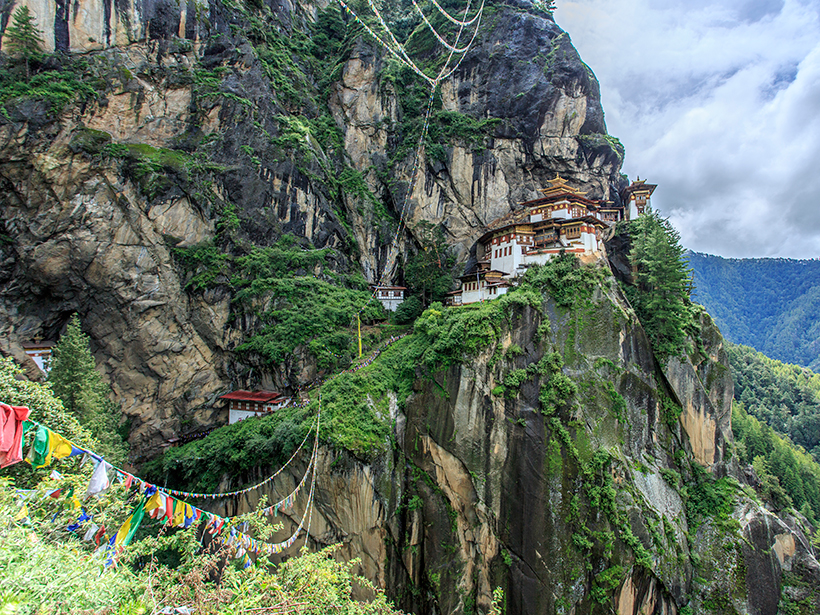Very heavy rainfall across Nepal, NE. India and Bhutan has triggered landslides that have killed at least 60 people. Over the last few days, parts of the Himalayas have been hit by very high levels of rainfall, causing large numbers of damaging landslides. The picture is not yet fully clear, but Nepal and Bhutan, and […]
Bhutan
Posted inResearch Spotlights
Los Himalayas atraviesan por una “excepcional” pérdida de masa glaciar
Los Himalayas han perdido 40% de su masa glaciar desde la Pequeña Edad de Hielo. El Este de Nepal y Bután han sufrido pérdidas de forma más acelerada.
Posted inNews
Himalayas Are Experiencing an “Exceptional” Loss of Glacial Mass
The Himalayas have lost 40% of their glacial mass since the Little Ice Age. East Nepal and Bhutan have experienced the most rapid losses.
Posted inScience Updates
Bhutan Earthquake Opens Doors to Geophysical Studies
A multinational research team discovered an underestimated earthquake hazard during their 7-year exploration of the unique geodynamics of the eastern Himalayas in Bhutan.




